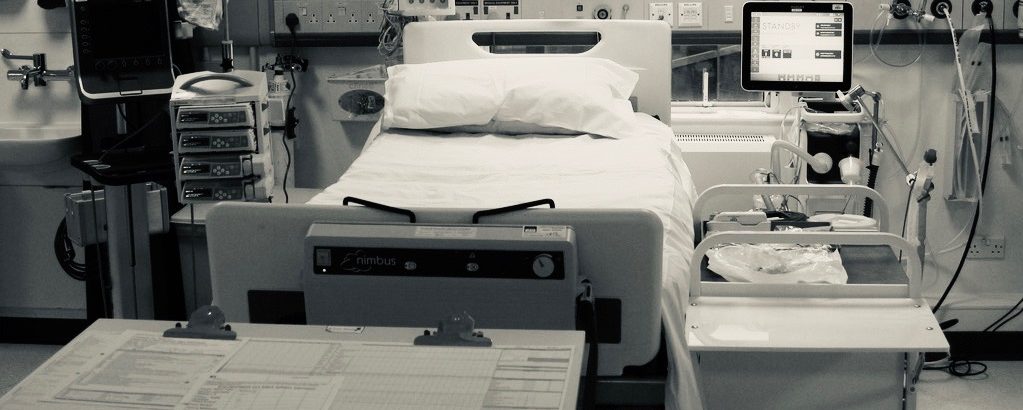A tracheostomy is a breathing tube placed directly into the windpipe through the front of the neck. Tracheostomies are used in a variety of clinical settings but in intensive care:
- are usually a replacement for the breathing tube in the patent’s mouth
- are usually temporary (i.e. are removed before the patient goes home)
- are used as a weaning aid
Because having a breathing tube in the mouth & passing through the back of the throat is so uncomfortable, patients generally have to be sedated to tolerate them. When it’s time to assess if the patient can breathe unaided, the sedation is turned down and the patient gently woken. If they do well, the breathing tube is removed – called extubation. Some patients however struggle to make the transition from breathing with the support of the ventilator to breathing on their own in a single step. These patient’s may benefit from a tracheostomy.
A tracheostomy is a more comfortable way of being connected to a ventilator. It allows the patient to be awake whilst continuing to receive breathing support. In this manner, it allows patients to more gradually come off the ventilator – in a series of smaller steps – over several days or weeks. As with any treatment, success is not guaranteed and weaning off a ventilator can be a long hard process for the patient.
n addition to acting as a weaning aid, tracheostomies can also facilitate the clearance of secretions when patients are unable to cough & clear easily for themselves.
The insertion of a tracheostomy is a small operation, usually undertaken on the intensive care unit. If the clinical team feel your loved one might benefit from a tracheostomy, they will discuss the benefits and risks of the procedure with you (and the patient if possible).

Comments are closed